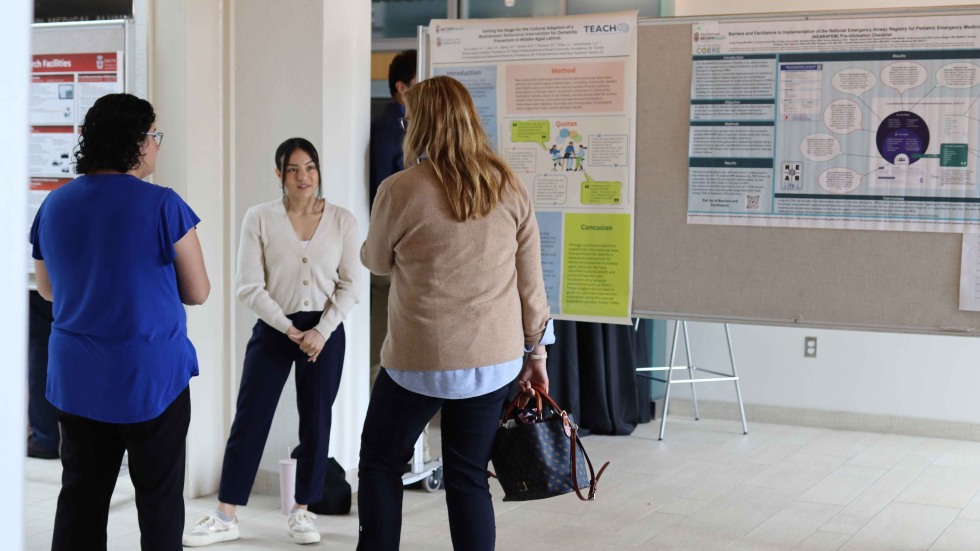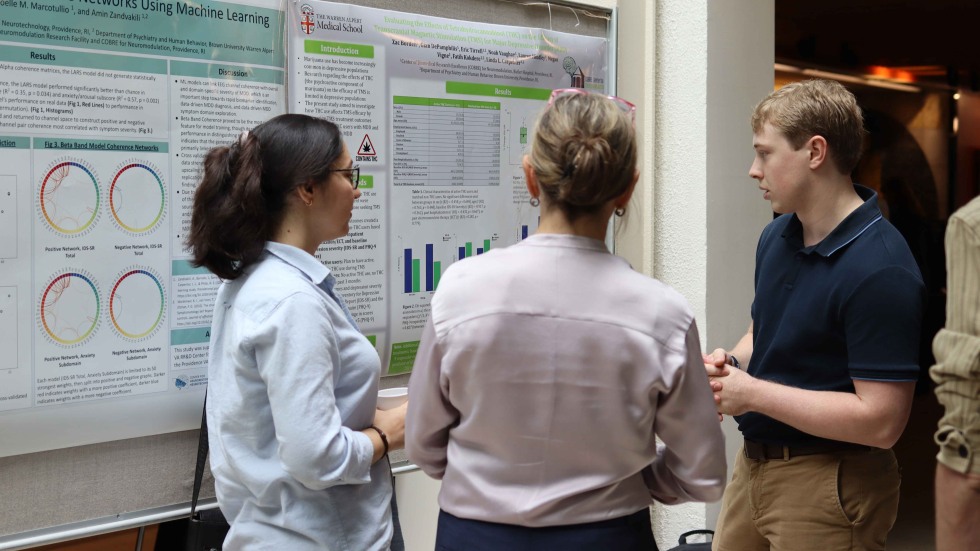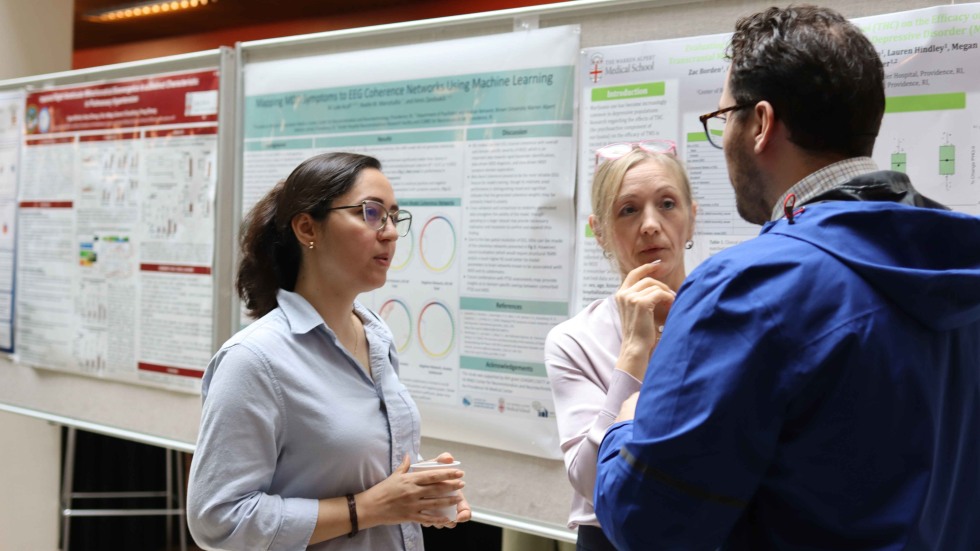PROVIDENCE, R.I. [Brown University] — In 1993, scientists discovered a gene variant that increases the likelihood of developing Alzheimer's disease. While it’s now known that more than two-thirds of Alzheimer's patients carry this genetic risk factor, there is still no treatment to prevent them from developing the disease.
Dr. Vivian Cheung is hopeful that’s about to change.
“We stand at a turning point in biology — one that is shaping how we diagnose, treat and even think about diseases,” said Cheung, a professor of molecular biology, cell biology and biochemistry at the Warren Alpert Medical School of Brown University. “At the center of this transformation is RNA. We are beginning to understand not only the genetic code but the language of RNA and the dynamic, chemically modified molecules that carry out and regulate what our genes instruct.”
Cheung’s remarks came during a daylong event organized by Advance RI-CTR, a Brown University-based statewide hub of resources and services for biomedical researchers and physician-scientists in Rhode Island. The 2025 Emerging Areas of Science IDeA Symposium was held on Tuesday, June 17, in collaboration with Rhode Island’s Institutional Development Award research programs, which are funded by the National Institutes of Health to build research capacity in states that historically have had low levels of federal funding.
“Our keynotes and lightning talks today highlight the extraordinary breadth of translational science, featuring emerging insights into cellular and molecular pathways, innovative approaches to prevention and care delivery, and research that is grounded in the real lives of people and communities,” said Sharon Rounds, a professor of medicine at Brown who serves as the principal investigator of Advance RI-CTR.


